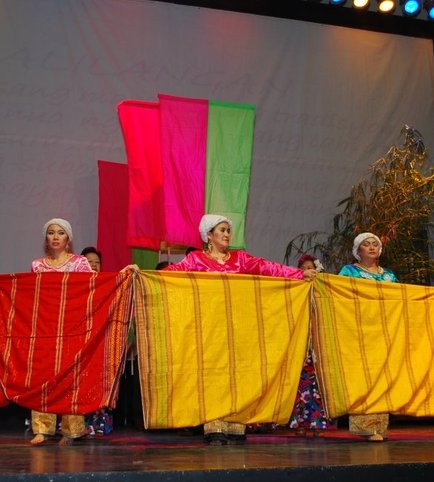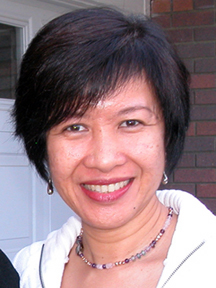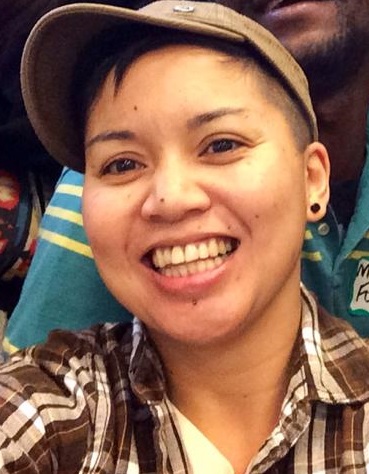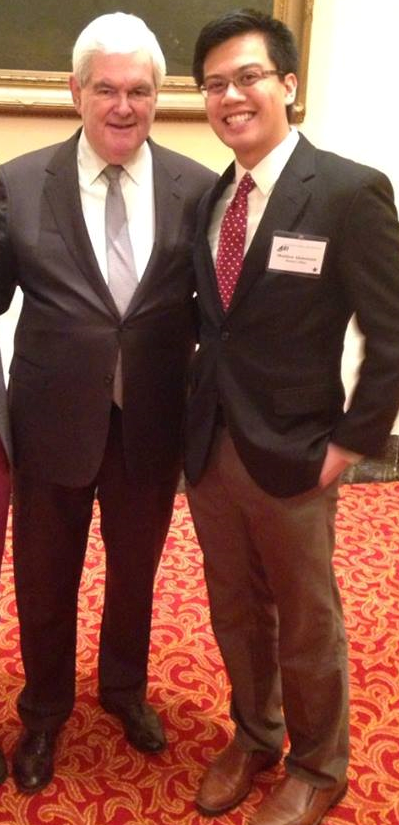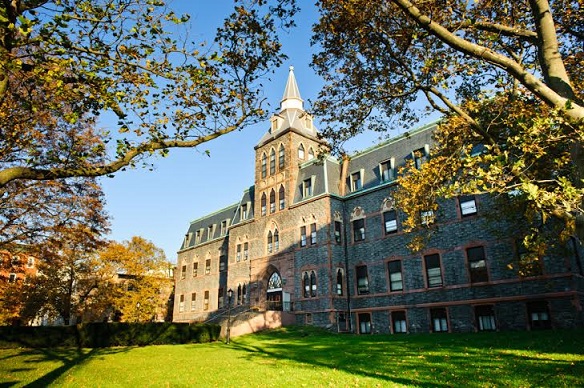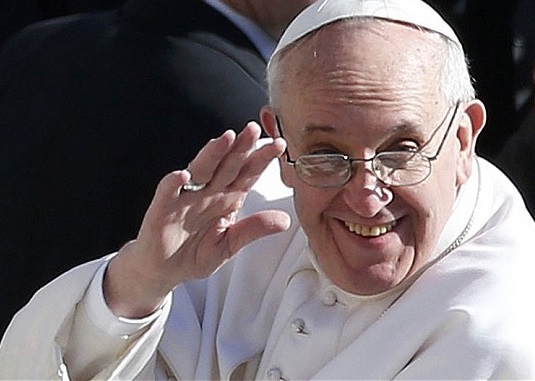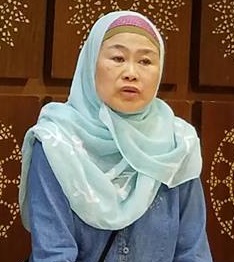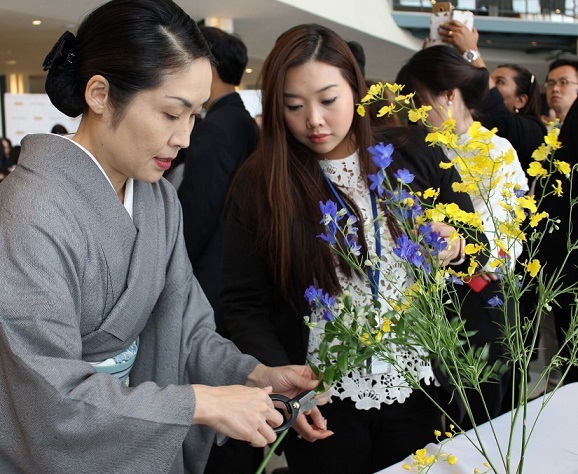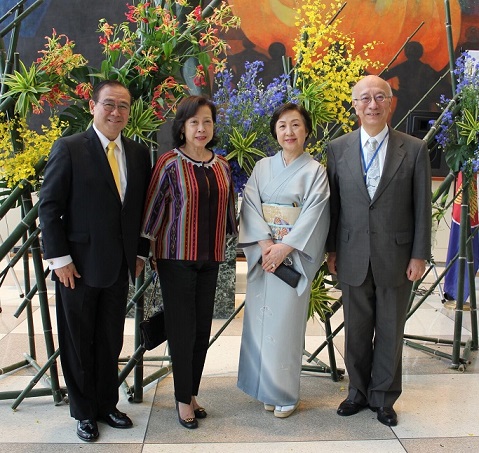Diplomats voice hope for peace while creating beautiful Ikebana flowers
By Percival CunananHumble palm trees, some soil, an earthen vase, and a hushed audience. With these, Professor Noritaka Noda of NYC’s Ikenobo Society of Floral Art began to create elegant Ikebana, as diplomats around him expressed their hope for peace and the “art of bringing people together.”
The event was dubbed “PEACE Is…Beautiful,” a gathering of ambassadors from ASEAN and other UN member-nations commemorating the 50th Anniversary of the Association of Southeast Asian Nations or ASEAN. The momentous event, held August 25th at the United Nations Headquarters on First Avenue, was an initiative of the Permanent Mission of Japan to the United Nations.
The initiative originated from the Plaster Wall Event of December 2016, commemorating the 60th anniversary of Japan’s membership in the UN. Here, diplomats, New York officials, and advocates for world peace wrote on the wall the messages of peace in their mother languages, said Ambassador Koro Bessho, Permanent Representative of Japan to the United Nations in his welcome remarks.
“Memories and prayers for peace that were engraved on the wall lived lasting impressions,” he said.
He said Japan’s Mission to the UN has invited Japanese artists living in New York who believed in the “power of art to bridge differences and bring people together.“ Like the Ikebana, he said, people around the world must co-exist and prosper in peace “with flowers that we share.”
After Noritaka’s demonstration, the ASEAN and Japanese ambassadors had a chance to create their own flower arrangement in forms supposed to depict solidarity, peace and prosperity. The crowd, many dressed in their native costumes, cheered their own diplomats.
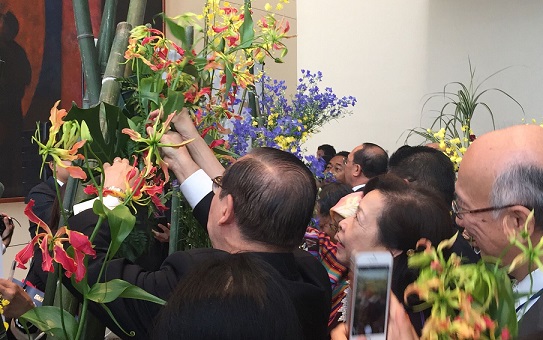
Ambassador Teodoro Locsin Jr. and wife Louie Locsin put finishing touches to their Ikebana arrangement.
Ambassador Teodoro Locsin Jr., the Permanent Representative of the Philippines to the United Nations, said everyone in the gathering was trying to “create something beautiful” just like Ikebana Master Noritaka Noda.
“Actually, we weren’t sure what we were doing… But out of it all, when we step back, it all makes sense,” he said, speaking to the audience. “I think that is what the ASEAN-Japan relationship means that if we work together for a common cause, and if we step back afterwards and you will find out that it really works.”
“Perhaps,” he continued, “mankind will find peace in the search for beauty.”
According to the program’s handout, the art of ikebana flower arranging began with Ikenobo, where “flowers were not only beautiful but they could reflect the passing of time and the feelings in their own heart. When people sense plant’s unspoken words and silent movements, people intensify impressions through form, a form which becomes Ikebana.”
The event showcased regional dances and cultural performances from countries such as Cambodia, Indonesia, Lao People’s Democratic Republic, and Thailand.
Toward the end, Ikebana instructors invited the audience to try their hand at crafting floral arrangements interpreting the themes of Harmony, Unity, and Beauty.
“I am so happy, looking at the output… it’s all so beautiful,” said Angelito Nayan, First Secretary of the Philippine Mission. “People came from different regions to express solidarity, not just ASEAN. This is really what the UN stands for: about national security, about prosperity, about being one community of responsible nations.”
© 2017 The FilAm
Percival Cunanan is a freelance writer. He lives in Long island with his wife and daughter.


